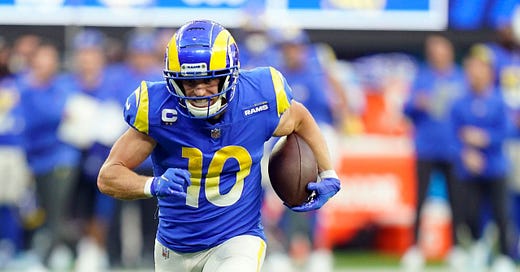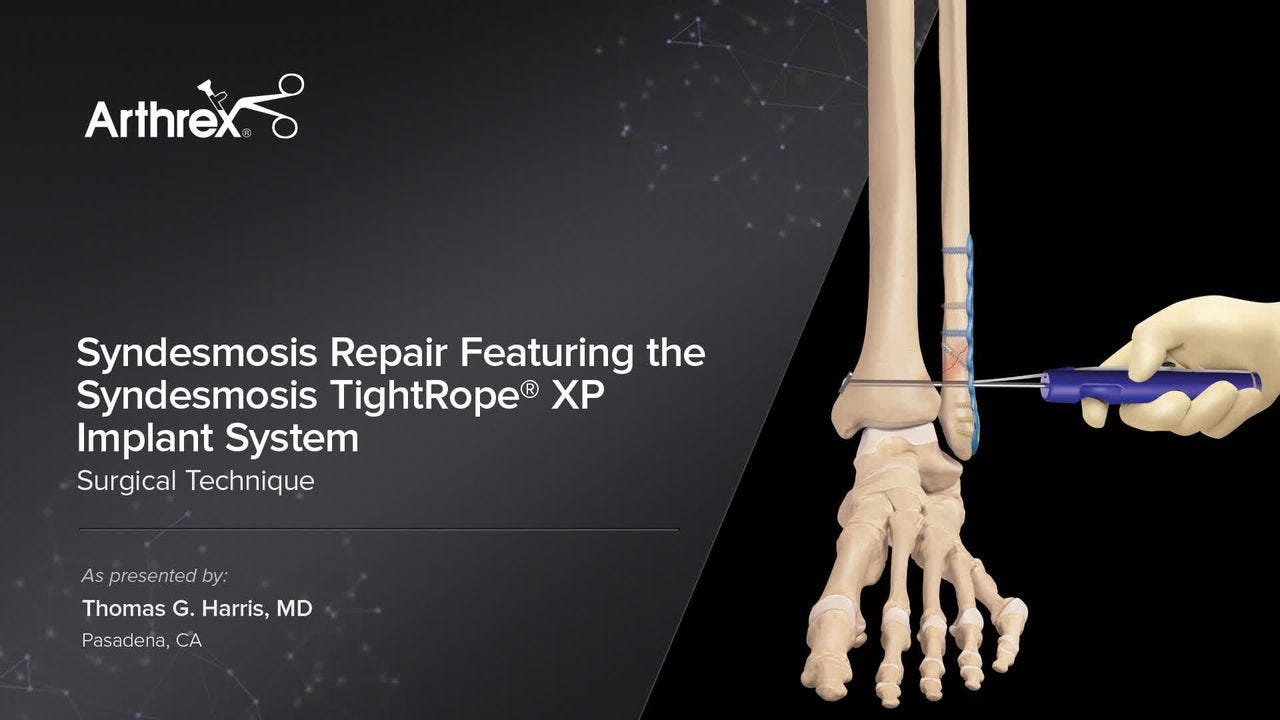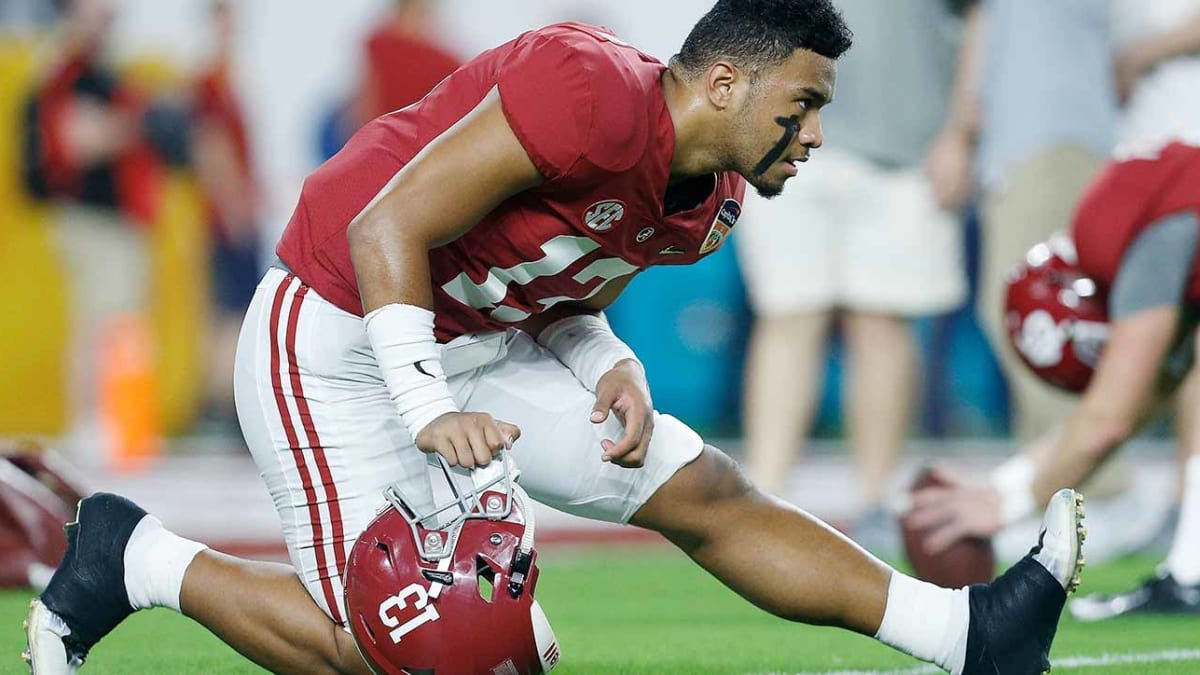What to Expect from Players After a Tightrope Procedure
Anatomy
A high ankle sprain, also known as a syndesmotic ankle sprain if you want to sound smart in front of medical professionals, is a sprain of the ligament that holds your shin bones together. The 2 balls of your ankle are made up of 2 separate bones (tibia and fibula) and the anterior tibiofibular ligament holds them together. This is the ligament that is typically affected in a high ankle sprain.
How does it happen?
Most commonly, this injury will occur when your foot is dorsiflexed (toes to your nose) as opposed to a common ankle sprain, where your foot is plantarflexed, or pointed downward. This is because it essentially jams the talus (foot bone that attaches to the shin) into your two shin bones causing it to splay, damaging the ligament.
Why the tightrope procedure?
For a variety of reasons, high ankle sprains take a longer time to heal than a typical ankle sprain. Because of this, the tight rope procedure has been developed, which is where a flexible device is inserted into the tibia and fibula to simulate the function of the ligament. In a typical “fixation,” a rigid screw is used allowing for no movement. This wouldn’t work in the ankle due to the natural movement that is required from the ankle complex. Because this procedure stabilizes the ankle in a way that is similar to natural functioning of the ankle, rehab can start quicker and ultimately return to play is quicker. There is a lot of evidence proving that the tightrope procedure has better short and long term outcomes compared to the typical “static screw fixation”
How quick can someone return to play?
While at Alabama, Tua returned 28 days after the procedure to play in the national championship game. Typically the return to play timeline given is 4-8 weeks, which essentially halves the time of conservative treatment only (depending on how severe the original injury was). There isn’t much evidence for specific return to play since it is a new procedure. Based off of what we’ve seen with professional athletes and what I’ve seen clinically, I expect that players who undergo a tightrope procedure to return to play with no deficits in performance. One study looked at non elite athletes and there was no significant difference in performance level. I could not find any evidence for elite level athletes, but I’m sure in the next few years we’ll see some research on it.
What does this mean for fantasy football?
Tony Pollard and Cooper Kupp are both players who had this surgery. There is a 100% chance they will be fully recovered by week 1, I expect no restrictions or reduction in play. I am personally very high on both of these players and believe they have a chance to finish #1 at their position.
As always happy to discuss or answer any questions.







